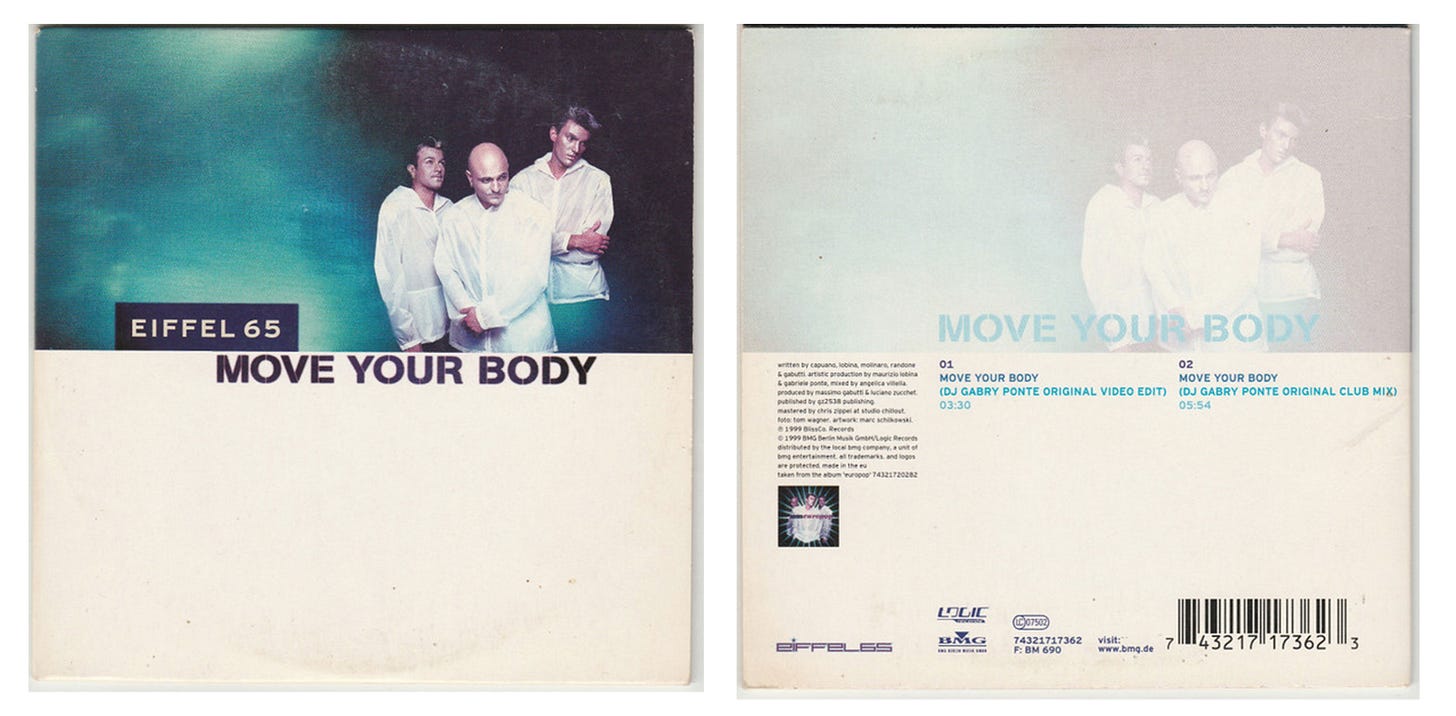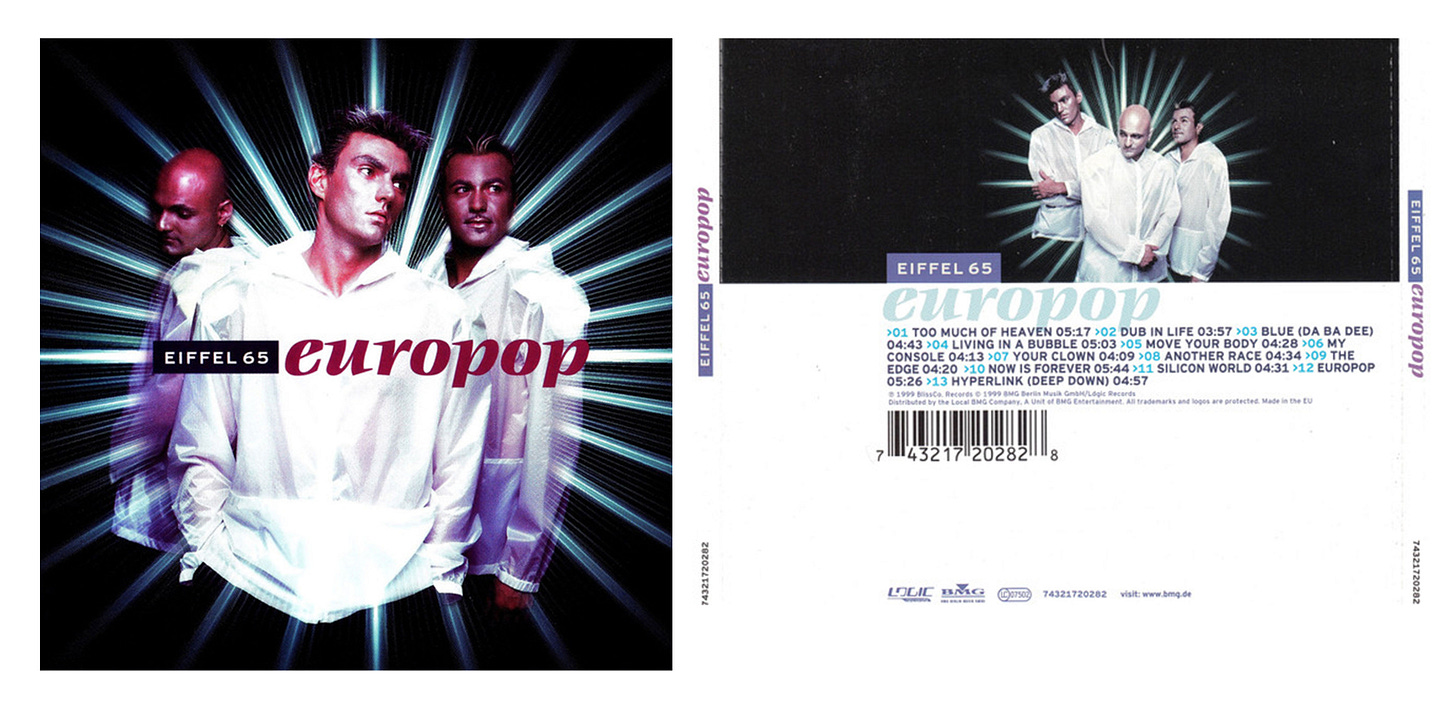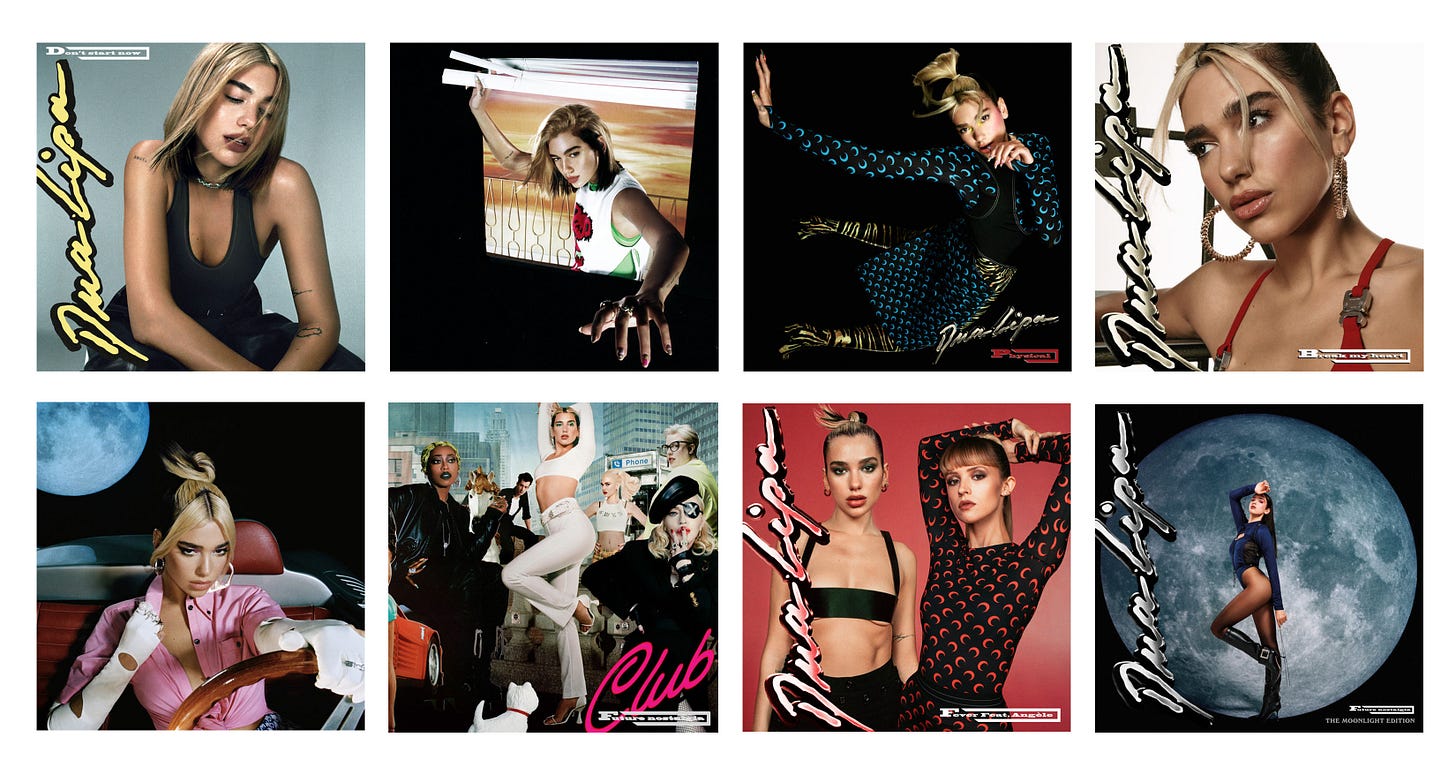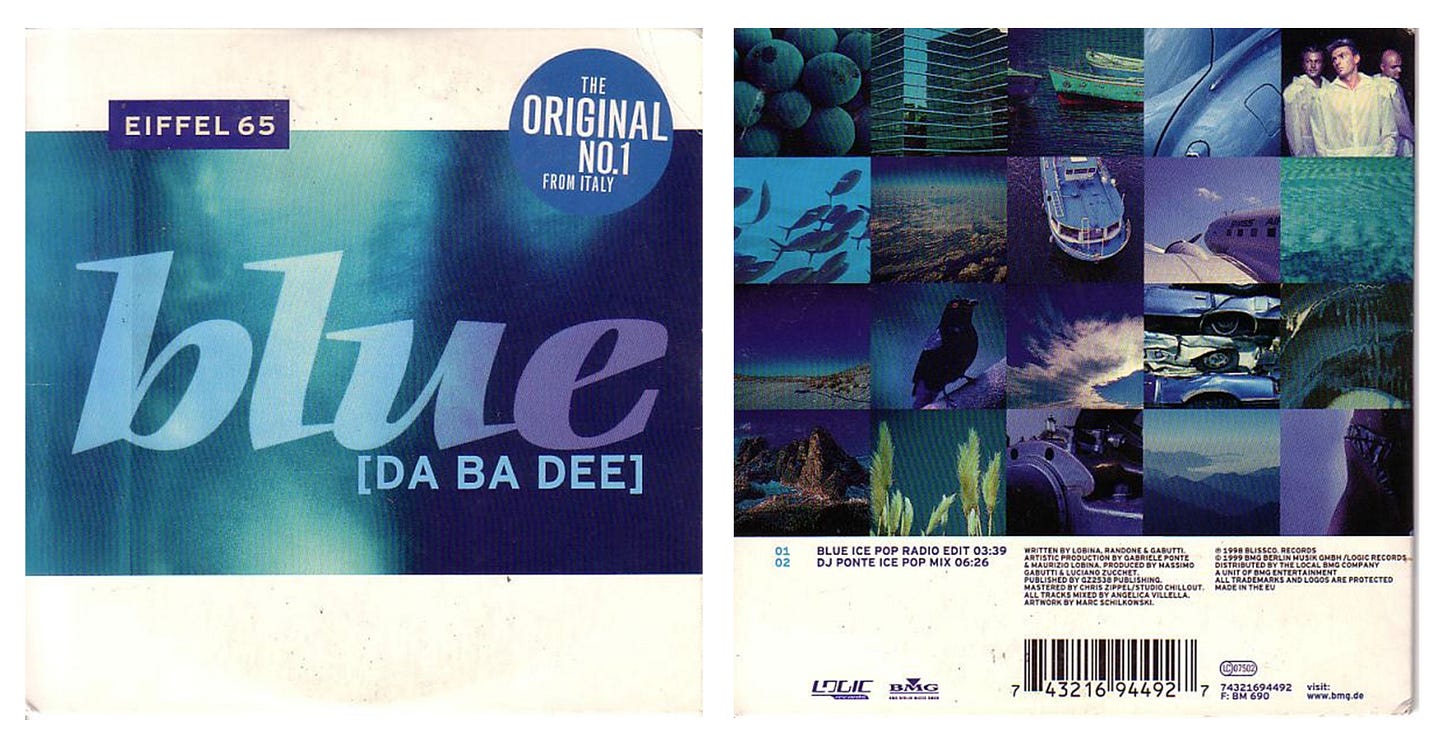How Inventive Single Visuals are Saving the Album Campaign in COVID
Digital strategist Jenny Kaufman sounds off on the successful creative strategy
The music single has gone through many phases of commerciality throughout the years; from phonographs to 7-inches, 10-inches, CDs, HitClips, and now the streaming platforms. But through all of its stages, the singles’ duty has been the same: to promote an artists’ larger project, the album or the EP. In a way, the single has always been the sidekick, albeit a very powerful one, especially during the last two years of the pandemic.
From the viral single to the one-hit-wonder, cover, and remix, single art was always just considered another piece of the puzzle. Before iTunes and LimeWire came on the scene, the only way to hear singles were either on the radio or by purchasing the entire album for ones’ personal collection. Jenny Kaufman, the Head of Digital Strategy at Terrorbird, remembers going to pick up Eiffel 65’s debut album Europop specifically for the Italian group’s hit single “Blue (Da Ba Dee)”. The single was released ahead of Europop in 1998 and ranked at number one on The European Hot 100 Singles chart.


While Eiffel 65 went on to release two more albums in their career, the singles “Blue (Da Be Dee)” and “Move Your Body” are what the band is remembered for. As seen above, Eiffel 65’s debut album campaign was cohesive from single art to the album cover, with its moody blue color palette. The artist Marc Schilkowski used the simplest design method of matching the single’s title with its nominal color. It also served as a marketing tactic, allowing fans to visually search for the CD on the rack when going to their local music store.
In light of COVID, the structure of the single lead-up to an album campaign has drastically changed. Kaufman, who spends her days strategizing album campaigns for artists, has noticed the culture surrounding release timelines has diversified between rising and established artists. With attention deficit a real factor on social media, releases can be short and to the point with established artists, dropping albums at a moment’s notice, think Taylor Swift’s Folklore and Red, whereas lead times used to be much longer according to Kaufman. But for a rising artist, dragging out a timeline can still be more beneficial and even necessary to building excitement over time in the era of COVID.

Many groups have begun to release singles physically again to make up for not touring. See Yaeji and OHHYUK’s recent collaboration Year to Year/ 29. On digital platforms, the single art is a photograph of a bowl of rice decorated with their names and two small Yaeji and OHHYUK figures. But on vinyl, we’re presented with two large passport-like photos of the artists on either side, with a grid of the other artist’s portrait collaged on top. It’s a smart and interesting take on creating a special, and most importantly rare, product for fans outside of streaming.
Artists Pink Siifu and Fly Anakin also took a similar approach with their album FlySiifu, creating separate, yet cohesive, artworks. Their 2021 album $mokebreak utilized similar imagery, building off the latter’s visual world. Both albums transformed the singles and the albums into their own products. As Kaufman notes in light of the pandemic, “If we want music to hold value, I find the idea of any physical good being unique and a different play of what you’re doing online, to be an extremely compelling offering.”

Creative for Kaufman is also an integral part of any successful release. Whether digitally or physically, a “main driver behind getting people to care about an artist is their story, and naturally their creative is one of the main ways to express that story… The rise of Instagram as both a format of expression and a consumption platform has made people realize how important their single art and press photos are, and how these are the touchpoints that people are extremely interested in.”

For Kaufman, Dua Lipa was an artist who used both her creativity and timeline to her advantage through the pandemic. Coming off her Grammy win for Best New Artist in 2020, many were looking to Lipa’s second album to secure her place in Pop. The Future Nostalgia campaign dragged out over two years, due to its release date of March 27th, 2020, right at the beginning of COVID. If the album hadn’t been leaked, Warner very well might’ve pushed the release back as many artists and labels found themselves doing. But instead, Dua and her team took advantage of their unique position and didn’t stop with the four lead singles. Over the next year and change, the singer went on to release both a remix and a deluxe version of Future Nostalgia, remixes of the four lead singles, and five more singles (two featuring musicians Angele and Da Baby). In total, 15+ different, yet cohesive, covers were created.
The artwork behind the campaign is due to artist Hugo Comte’s creative direction. The covers are very simple in scope: Dua against a studio backdrop with Comte’s signature lighting (see Caroline Polachek’s 2019 Pang), existing in a surrealist environment with a muted color palette. The Dua logo and album typography with the rectangular border is also a way of labeling the Future Nostalgia era, especially for her singles “We’re Good” and “Love Again” which photographically exist in a separate world. We also see imagery of the moon and the one-leg lift pose repeated throughout.
While Dua of course had a much larger budget than the majority of musicians during the pandemic, the strategy of the campaign is still one to take note of. Smaller artists like Yaeji, OHHYUK, Pink Siifu, and Fly Anakin also had a similar idea to use their artwork to their advantage to create one-of-a-kind pieces for their fans. With COVID continuing to disrupt tour schedules and album cycles, cohesive visual worlds are what’s helping artists keep their fans excited. Instead of inevitably pushing releases back for the unforeseeable future of the pandemic, labels and musicians might gain more success by slowing things down and fully appreciating the creative behind singles and albums.
I’m looking for The Art of Cover Art to be a free educational and inspirational source. But, if you have $5/ month to spare it would be super helpful in furthering my research. Or if you think a friend might enjoy this newsletter, the best way to pay it forward is by sharing!


